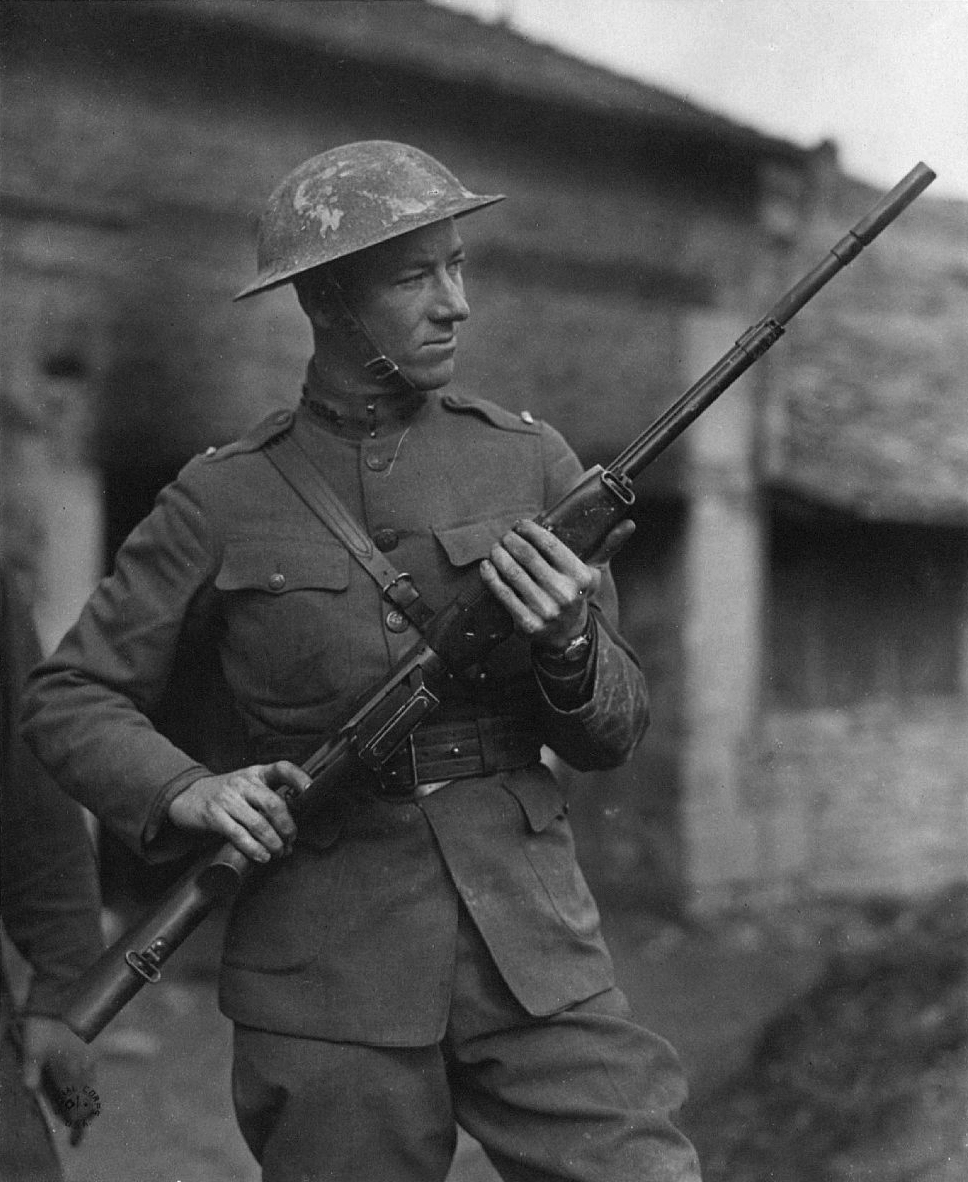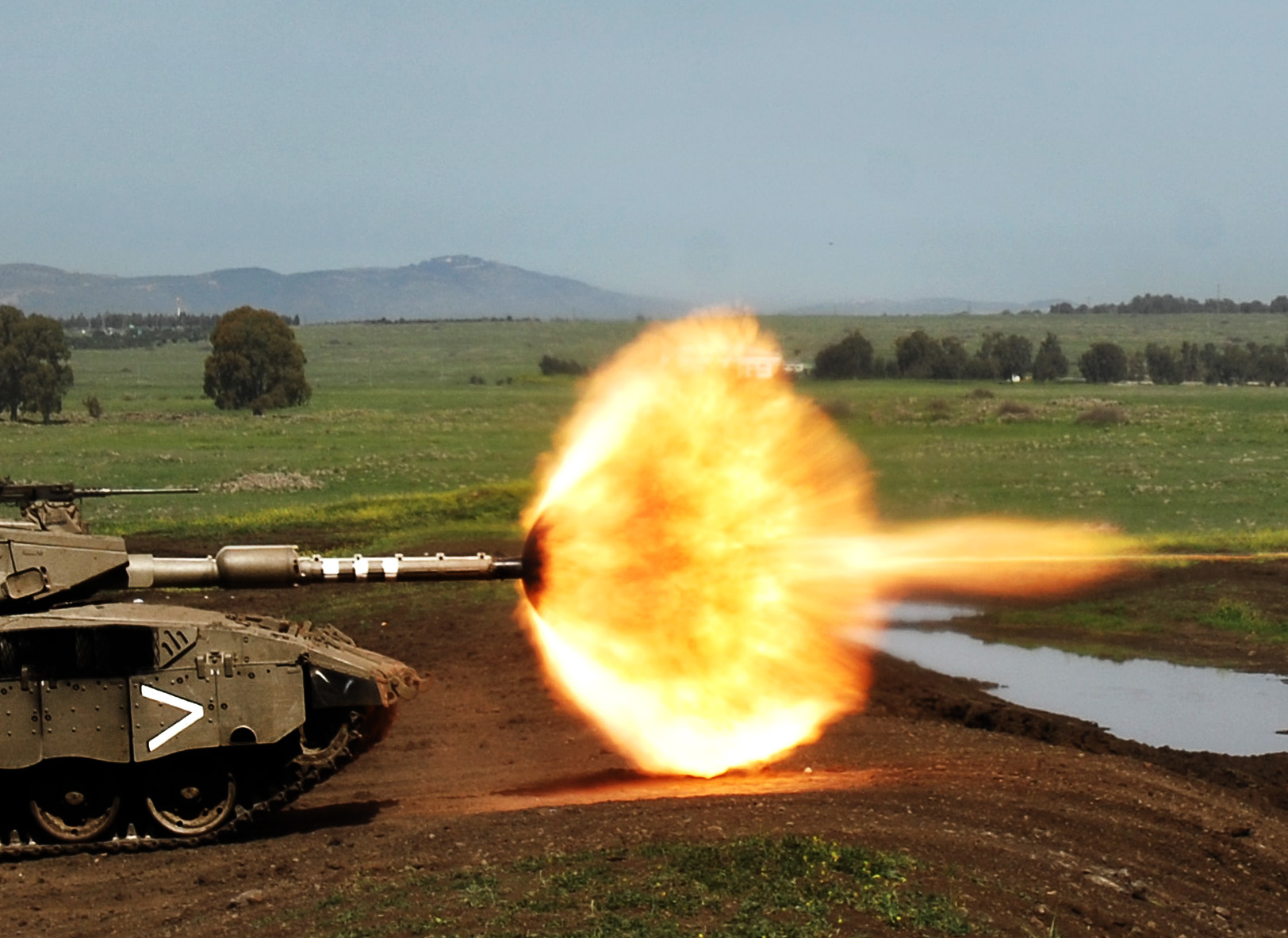|
AS Val
The 6P29 and 6P30 ( GRAU Indices), commonly known as the VSS "Thread Cutter" (Russian: ВСС «Винторе́з» Винто́вка Сна́йперская Специа́льная, romanized: ''Vintóvka Snáyperskaya Spetsiálnaya "Vintorez"'', lit. 'Special "Sniper" Rifle) and AS "Shaft" (Russian: АС «Вал»; Автома́т Специа́льный, romanized: ''Avtomát Spetsiálny "Val"'', lit. 'Special Automatic'), respectively, were a series of Soviet-designed rifles featuring an integral suppressor based on the prototype RG-036 completed in 1981 by TsNIITochMash. The two rifles hereafter are referred to as the Vintorez and Val. The Vintorez (beginning in 1983) and Val (beginning in 1985) were developed by TsNIITochMash to replace modified general-purpose firearms, such as the AKS-74UB, BS-1, APB, and PB, for clandestine operations, much like the PSS Vul. Manufacturing began at the Tula Arms Plant after its adoption by the Armed Forces of the Soviet Uni ... [...More Info...] [...Related Items...] OR: [Wikipedia] [Google] [Baidu] |
Automatic Rifle
An automatic rifle is a type of autoloading rifle that is capable of fully automatic fire. Automatic rifles are generally select-fire weapons capable of firing in semi-automatic and automatic firing modes (some automatic rifles are capable of burst-fire as well). Automatic rifles are distinguished from semi-automatic rifles in their ability to fire more than one shot in succession once the trigger is pulled. Most automatic rifles are further subcategorized as battle rifles or assault rifles. History Mannlicher In 1885 Ferdinand Mannlicher made an experimental self-loader based on work begun in 1883 in both semi-automatic and fully automatic modes. It was an impractical failure due to fouling by its black powder ammunition, but it influenced later designs. Furthermore, Mannlicher produced smokeless powder automatic rifles from the early 1890s onwards until his death in 1904. Cei-Rigotti One of the world's first automatic rifles was the Italian Cei-Rigotti. Introduced in ... [...More Info...] [...Related Items...] OR: [Wikipedia] [Google] [Baidu] |
Rifle
A rifle is a long-barreled firearm designed for accurate shooting, with a barrel that has a helical pattern of grooves ( rifling) cut into the bore wall. In keeping with their focus on accuracy, rifles are typically designed to be held with both hands and braced firmly against the shooter's shoulder via a buttstock for stability during shooting. Rifles are used extensively in warfare, law enforcement, hunting, shooting sports, and crime. The term was originally ''rifled gun'', with the verb ''rifle'' referring to the early modern machining process of creating groovings with cutting tools. By the 20th century, the weapon had become so common that the modern noun ''rifle'' is now often used for any long-shaped handheld ranged weapon designed for well-aimed discharge activated by a trigger (e.g., personnel halting and stimulation response rifle, which is actually a laser dazzler). Like all typical firearms, a rifle's projectile ( bullet) is propelled by the contained ... [...More Info...] [...Related Items...] OR: [Wikipedia] [Google] [Baidu] |
Muzzle Blast
A muzzle blast is an explosive shockwave created at the muzzle of a firearm during shooting. Before a projectile leaves the gun barrel, it obturates the bore and "plugs up" the pressurized gaseous products of the propellant combustion behind it, essentially containing the gases within a closed system as a neutral element in the overall momentum of the system's physics. However, when the projectile exits the barrel, this functional seal is removed and the highly energetic bore gases are suddenly free to exit the muzzle and rapidly expand in the form of a supersonic shockwave (which can be often fast enough to momentarily overtake the projectile and affect its flight dynamics), thus creating the muzzle blast. The muzzle blast is often broken down into two components: an auditory component and a non-auditory component. The auditory component is the loud "Bang!" sound of the gunshot, and is important because it can cause significant hearing loss to surrounding personnel and als ... [...More Info...] [...Related Items...] OR: [Wikipedia] [Google] [Baidu] |
Muzzle Flash
Muzzle flash is the light — both visible and infrared — created by a muzzle blast, which is caused by the sudden release and expansion of high-temperature, high-pressure gases from the muzzle of a firearm during shooting. Both the blast and flash are products of the exothermic combustion of the propellant ( gunpowder), and any remaining unburned powders reacting with ambient air. The size and shape of the muzzle flash is dependent on the combustion energy of propellant being used, the amount of combustible ejecta remaining, and any devices attached to the muzzle (such as a flash hider, suppressor or muzzle shroud). Characteristics Muzzle flash can be broken down into five distinct components. *The ''muzzle glow'' is a reddish glow that is visible before the bullet leaves the barrel. It glow is created by superheated gases that have leaked past the projectile and have exited the barrel ahead of it. *The ''primary flash'' is caused by superheated propellan ... [...More Info...] [...Related Items...] OR: [Wikipedia] [Google] [Baidu] |
Rifling
In firearms, rifling is machining helical grooves into the internal (bore) surface of a gun's barrel for the purpose of exerting torque and thus imparting a spin to a projectile around its longitudinal axis during shooting to stabilize the projectile longitudinally by conservation of angular momentum, improving its aerodynamic stability and accuracy over smoothbore designs. Rifling is characterized by its twist rate, which indicates the distance the rifling takes to complete one full revolution, such as "1 turn in 10 inches" (1:10 inches), "1 turn in 254 mm" ("1:254 mm" or "1:25.4 cm)", or the like. Normally, an experienced shooter can infer the units of measurement from the numbers alone. A shorter distance indicates a faster twist, meaning that for a given velocity the projectile will rotate at a higher spin rate. The combination of length, weight, and shape of a projectile determines the twist rate needed to gyroscopically stabilize it – ... [...More Info...] [...Related Items...] OR: [Wikipedia] [Google] [Baidu] |
Subsonic Ammunition
Subsonic ammunition is ammunition designed to operate at velocities below the speed of sound, which at standard conditions is or Mach 1. This avoids the supersonic shockwave or "crack" of a supersonic bullet, which, particularly for suppressed firearms, influences the loudness of the shot. Subsonic ammunition usually uses heavier bullets to retain as much energy as possible at the lower velocities. Some subsonic ammunition is used in non-suppressed firearms to gain the advantages of heavier bullet weights. __TOC__ Standard calibers Subsonic versions of standard rounds In this instance, heavier bullets are loaded in standard ammunition, which reduces muzzle velocity below the speed of sound. As an example, the very common 9×19mm Parabellum standard military round is a bullet at velocities typically around . Subsonic loads for 9mm commonly use bullets at velocities of . For these ammunition loads, balancing bullet weight and velocity are required to ensure that the ammunit ... [...More Info...] [...Related Items...] OR: [Wikipedia] [Google] [Baidu] |
Suppressor
A silencer, also known as a sound suppressor, suppressor, or sound moderator, is a muzzle device that reduces the acoustic intensity of the muzzle report (sound of a gunshot) and muzzle rise when a gun (firearm or air gun) is discharged, by modulating the speed and pressure of the propellant gas from the muzzle and hence suppressing the muzzle blast. Like other muzzle devices, a silencer can be a detachable accessory mounted to the muzzle, or an integral part of the barrel. A typical silencer is a metallic (usually stainless steel or titanium) cylinder containing internal sound baffles, with a hollow bore to allow the projectile (bullet) to exit normally. During firing, the bullet flies through the bore with little hindrance, but most of the expanding gas ejecta behind it is retained through a longer and convoluted escape path created by the baffles, prolonging the release time. This slows down the gas and dissipates its kinetic energy into a larger surface area, reduci ... [...More Info...] [...Related Items...] OR: [Wikipedia] [Google] [Baidu] |
Soviet Armed Forces
The Soviet Armed Forces, the Armed Forces of the Soviet Union and as the Red Army (, Вооружённые Силы Советского Союза), were the armed forces of the Russian SFSR (1917–1922), the Soviet Union (1922–1991), and the Bolshevik Party from their beginnings in the Russian Civil War of 1917–1923 to the collapse of the USSR in 1991. In May 1992, Russian President Boris Yeltsin issued decrees forming the Russian Armed Forces, which subsumed much of the Soviet Armed Forces. Much of the former Soviet Armed Forces in the other 14 Soviet republics gradually came under those republics' control. According to the all-union military service law of September 1925, the Soviet Armed Forces consisted of the Ground Forces, the Air Forces, the Navy, the State Political Directorate (OGPU), and the convoy guards. The OGPU was later made independent and amalgamated with the NKVD in 1934, and thus its Internal Troops were under the joint management of the Defenc ... [...More Info...] [...Related Items...] OR: [Wikipedia] [Google] [Baidu] |
Clandestine Operations
A clandestine operation is an intelligence or military operation carried out in such a way that the operation goes unnoticed by the general population or specific enemy forces. Until the 1970s, clandestine operations were primarily political in nature, generally aimed at assisting groups or nations favored by the sponsor. Examples include U.S. intelligence involvement with German and Japanese war criminals after World War II. Today these operations are numerous and include technology-related clandestine operations. The bulk of clandestine operations are related to the gathering of intelligence, typically by both people (clandestine human intelligence) and by hidden sensors. Placement of underwater or land-based communications cable taps, cameras, microphones, traffic sensors, monitors such as sniffers, and similar systems require that the mission go undetected and unsuspected. Clandestine sensors may also be on unmanned underwater vehicles, reconnaissance (spy) satellites (s ... [...More Info...] [...Related Items...] OR: [Wikipedia] [Google] [Baidu] |
PB (pistol)
The PB (russian: Пистолет бесшумный , translit= Pistolet besshumnyy, lit= Pistol Silent, English: Silent Pistol; GRAU index 6P9) is a Soviet integrally suppressed semi-automatic pistol developed and manufactured by the Izhevsk Mechanical Plant, based on the Makarov pistol; since the merger of the Izhevsk Mechanical Plant and the Izhevsk Machine-Building Plant to form the Kalashnikov Concern in 2013, the Kalashnikov Concern has continued to manufacture the PB. The weapon entered service in 1967. Design and features The PB uses an integral suppressor, which, unlike most similar systems, consists of two parts. This allows the pistol to be carried and kept concealed without the front section of the suppressor attached, and for the suppressor to be quickly deployed prior to use. The pistol may also be fired safely without the front section attached, which may be important in critical situations. When fired like this, the PB sounds similar to a regular Makarov pistol ... [...More Info...] [...Related Items...] OR: [Wikipedia] [Google] [Baidu] |
Stechkin Automatic Pistol
The Stechkin or APS (''Avtomaticheskiy Pistolet Stechkina'' = ''Автоматический Пистолет Стечкина'') is a Soviet selective fire machine pistol chambered in 9×18mm Makarov and 9×19mm Parabellum introduced into service in 1951 for use with artillery and mortar crews, tank crews and aircraft personnel, where a cumbersome assault rifle was deemed unnecessary. Seeing service in a number of wars such as the Vietnam War, Russo-Ukrainian War and Syrian Civil War. The APS was praised for its innovative concept and good controllability for its size. However, the high cost of the weapon, complex and time-consuming machining, combined with a limited effective range, large size and weight for a pistol, and fragile buttstock have been mentioned as a reason to phase it out of active service in favour of assault rifles such as the AKS-74U. The pistol bears the name of its developer, Igor Stechkin. Adoption and service Submachine guns such as the PPSh-41 or the PP ... [...More Info...] [...Related Items...] OR: [Wikipedia] [Google] [Baidu] |
.jpg)






